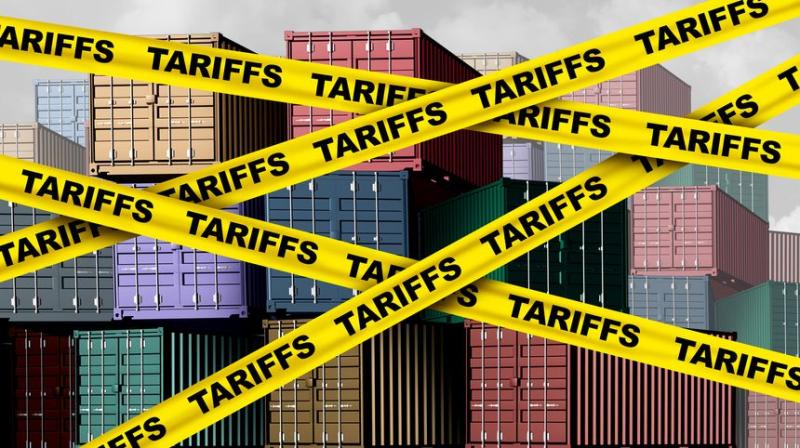


In today's interconnected economy, trade policy shifts and tariff changes reverberate across borders, sectors, and supply chains. Whether triggered by geopolitical tensions, environmental regulations, or economic protectionism, these changes don't exist in isolation. They create ripple effects that businesses, especially those engaged in manufacturing, technology, and natural resources must anticipate and adapt to swiftly.
This article explores the evolving landscape of cross-border tariffs and trade policies, their broader implications, and how AI-driven platforms like Avantis are helping companies navigate uncertainty with confidence.
After decades of liberalized trade, recent years have seen a resurgence in economic nationalism and protectionist policy. Landmark examples include:
In 2025, this trend continues as more countries implement tariff-based tools to advance industrial, environmental, and security agendas.
Trade policy changes are rarely linear in impact. Their effects spill across industries, borders, and company departments. Below are the core ripple effects:
Tariffs often lead to sourcing shifts, delays, or cost hikes. A 25% tariff on imported aluminum, for example, doesn’t just affect smelters; it impacts auto parts, construction materials, and beverage packaging companies downstream.
Secondary effects include:
Tariffs increase the landed cost of goods, which businesses may or may not be able to pass onto consumers. This affects profit margins, pricing strategies, and inventory planning. Volatile costs can also wreak havoc on forecasting models and budget cycles.
As countries introduce dual-use export controls, environmental tariffs, or sanctions, companies need to stay compliant across jurisdictions. The penalties for non-compliance - fines, blacklisting, or shipment seizures are severe.
When trade conditions become unpredictable, companies often delay capital investment in plants, partnerships, or R&D. Foreign direct investment (FDI) flows respond quickly to policy signals, and investor confidence is tightly linked to trade clarity.
In some cases, tariff regimes accelerate long-term strategic shifts:
In 2025, several live policy fronts are shaping the global trading landscape:
Amid this flux, businesses need real-time intelligence, adaptive planning tools, and cross-functional coordination.
Historically, companies relied on manual tracking of trade policies, compliance consultants, and news alerts. However, this approach struggles in today’s landscape for several reasons:
The solution? Augmented intelligence that connects the dots in real time.
Avantis is a powerful AI-driven platform that delivers real-time regulatory intelligence, risk modeling, and decision support tailored to global operations. For companies impacted by shifting trade rules, Avantis is an indispensable ally.
AI Content Analysis: Avantis' AI-driven tools can do a document analysis of textual and numerical data, helping users extract key insights from financial statements, contracts, and regulatory filings.
Real-Time Monitoring and Alerts: The platform provides instant alerts for changes in filings, which can be customized based on user preferences for specific companies, industries, or events.
Comprehensive Data Sources: Avantis offers access to a robust dataset, including SEC and SEDAR+ filings, corporate profiles, market data, insider trade transactions, audit fees, and more.
Applications in Competitive Analysis and Risk Monitoring: Users can conduct detailed competitive analysis by searching through a vast range of documents, compare a company's performance against industry standards or competitors, and monitor regulatory changes and financial updates in real-time.
Global trade volatility isn’t going away. Businesses must be proactive in preparing for:
The winners will be those that combine technology with foresight.
Tariffs and trade policy changes are no longer episodic, they are core elements of competitive strategy. To survive and thrive, businesses must:
That’s why platforms like Avantis matter. They provide the intelligence, automation, and insight businesses need to turn disruption into advantage.
In a world where the only constant is change, anticipation beats reaction and Avantis puts that power in your hands.

Ready to optimize your market research process?
Contact Avantis today for a personalized overview and free trial.
